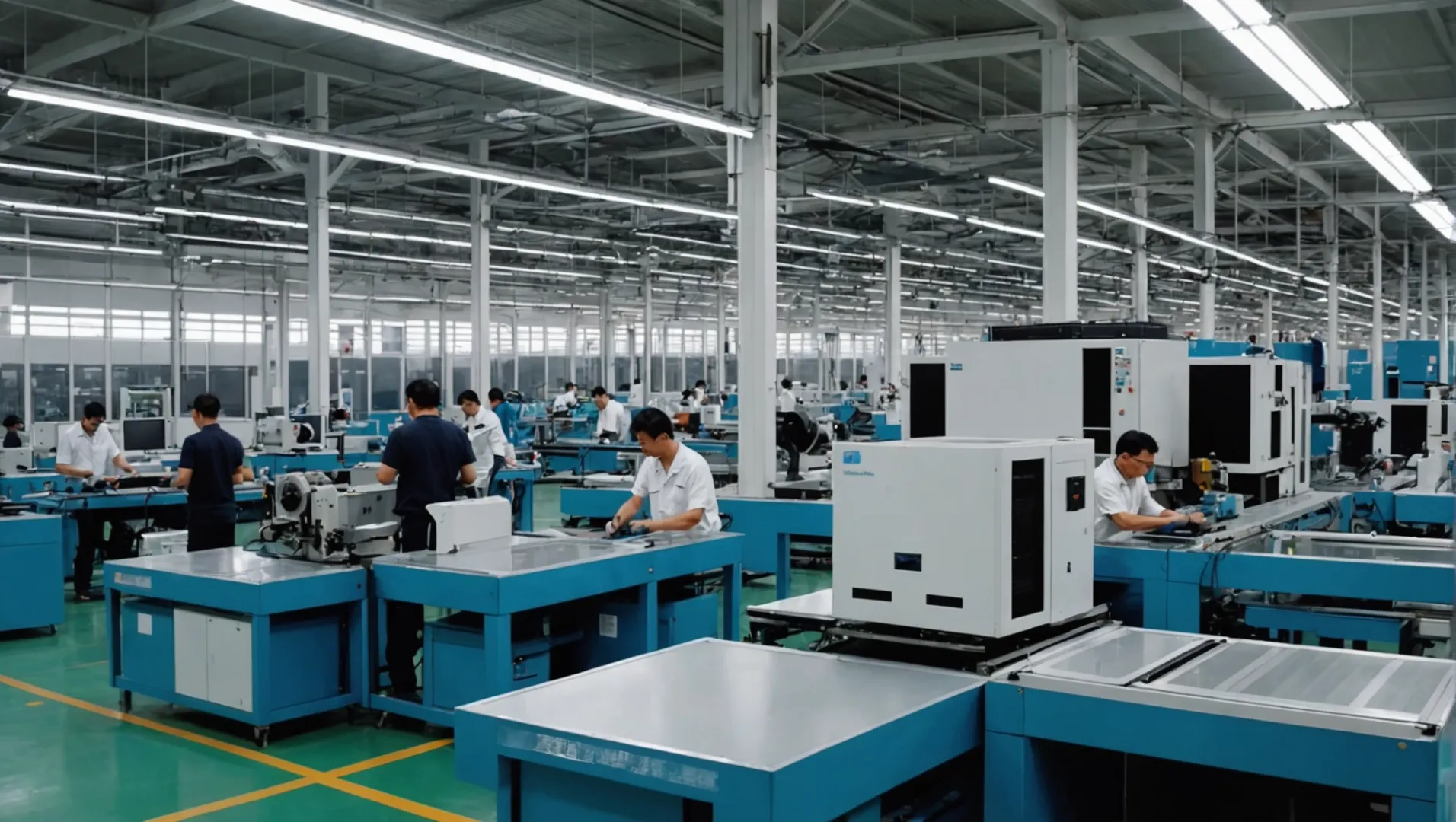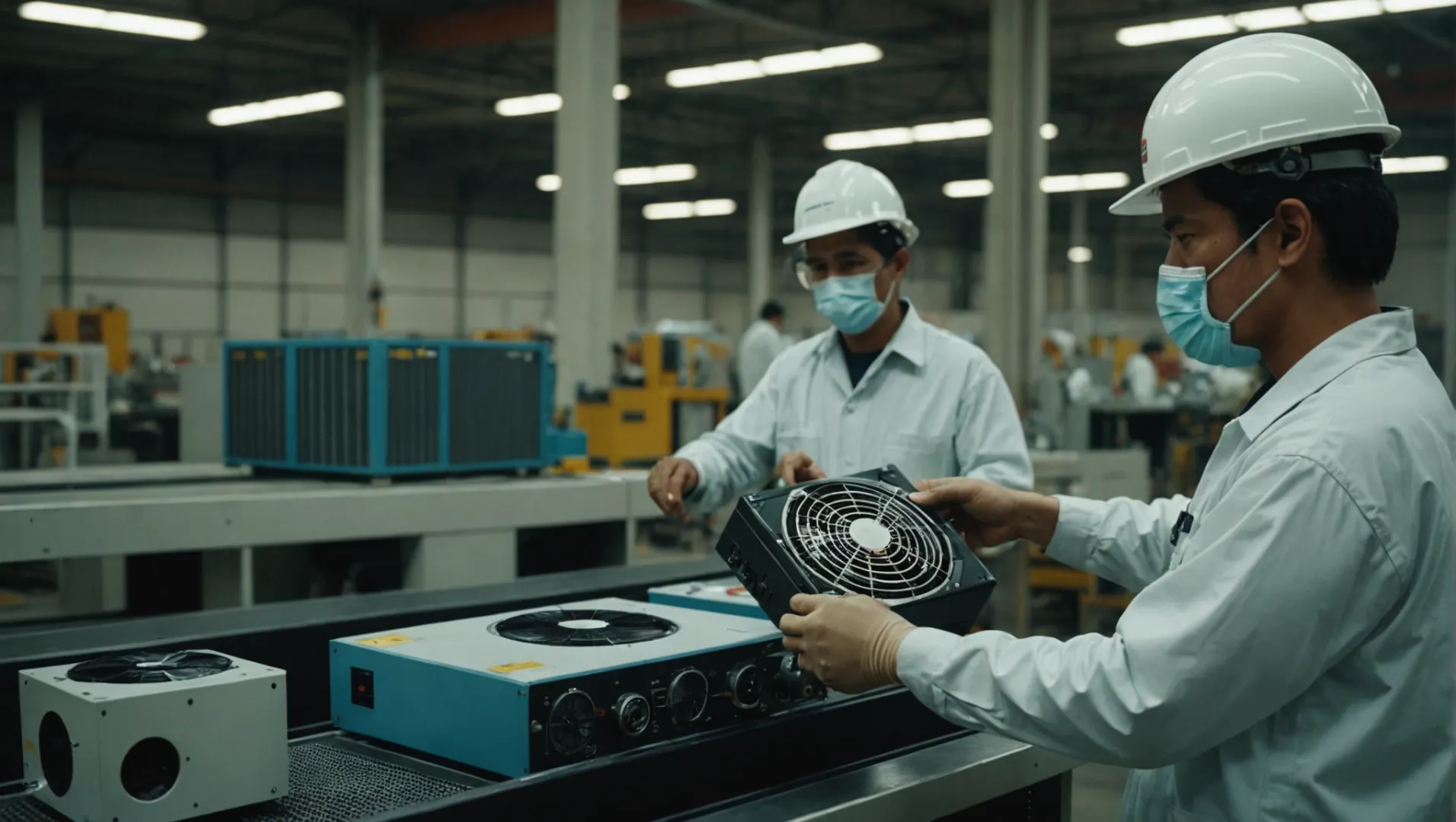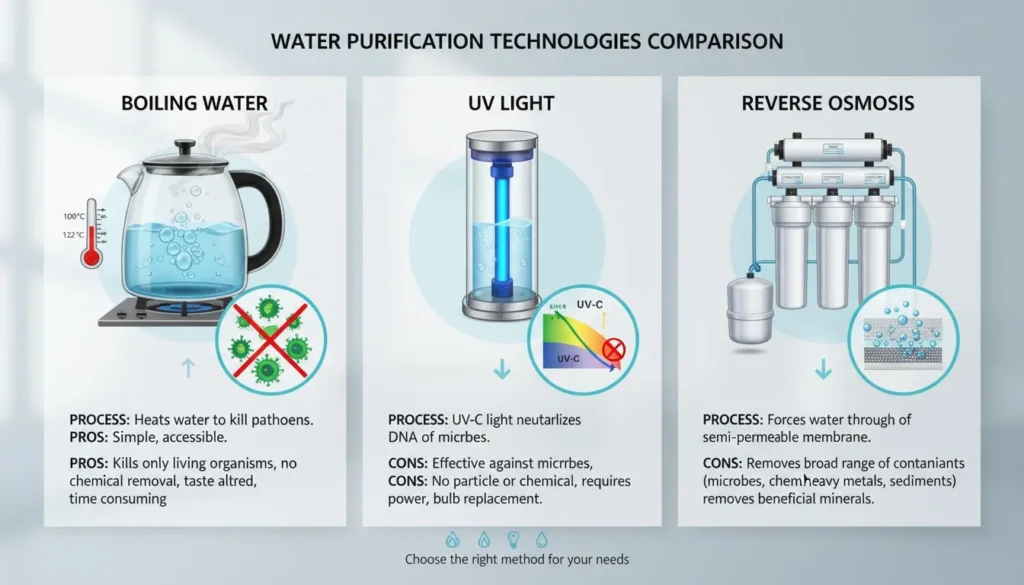
As I delve into the world of air purifiers, it's astonishing to see how one country has managed to dominate this industry while another is just beginning its journey.
China currently leads in air purifier production, accounting for over 70% of the market due to its mature supply chain. While Mexico is emerging as an alternative manufacturing location, it faces challenges due to a lack of established infrastructure and dependence on Chinese components.
Understanding the current dynamics between these two countries in air purifier production offers valuable insights for investors and industry watchers. Read on to explore how geopolitical changes and market demands shape this sector and what the future might hold.
China produces over 70% of air purifiers globally.True
China's mature supply chain supports over 70% of global air purifier production.
What Makes China a Leader in Air Purifier Production?
China dominates the global air purifier market with over 70% production share, but why is this the case?
China excels in air purifier production due to its robust supply chain, advanced manufacturing technology, and significant investments in R&D. These factors create an ecosystem that supports high efficiency and customization capabilities, making it a global leader in this industry.

The Backbone of China's Supply Chain
China's supremacy in air purifier production primarily stems from its comprehensive supply chain. The country hosts a wide array of manufacturers specializing in components such as fan systems, filters, plastic casings, and PCBA boards. This abundance not only reduces costs but also shortens production timelines. By having these resources locally available, manufacturers can swiftly adapt to market demands, whether it's a spike in orders or a need for product innovation.
Research and Development Prowess
China invests significantly in R&D initiatives1 to advance air purification technology. This commitment has led to the development of more efficient filtration systems and smarter technologies that integrate with IoT devices. Companies often collaborate with top-tier engineering teams to create customized solutions, thus enhancing product appeal globally.
Economies of Scale
The sheer volume of production allows Chinese manufacturers to leverage economies of scale. This capability ensures competitive pricing without compromising on quality. While other countries, like Mexico, are emerging as potential players in this field, the absence of a well-established supply chain means they cannot yet match China's cost-effectiveness.
| Factor | China | Mexico |
|---|---|---|
| Supply Chain Maturity | Comprehensive and Robust | Developing |
| Cost Efficiency | High | Lower than China but rising |
| Customization Capability | Advanced | Limited |
Challenges and Opportunities
While China remains a leader, potential challenges like geopolitical tensions2 and increasing tariffs could shift production dynamics. This might lead some manufacturers to explore alternate locations such as Mexico. However, until Mexico develops its infrastructure to support efficient air purifier production, China's leadership is likely to continue.
China holds over 70% of the global air purifier market share.True
China's robust supply chain and advanced manufacturing give it a leading market share.
Mexico surpasses China in air purifier production efficiency.False
China's mature supply chain ensures higher efficiency than Mexico's developing one.
How Is Mexico Emerging in the Air Purifier Industry?
Mexico is gradually becoming a notable player in the air purifier industry as global dynamics shift.
Mexico is emerging in the air purifier industry by attracting manufacturers seeking alternatives to China due to potential tariff increases. However, Mexico faces challenges such as higher production costs and reliance on imported components from China.

The Shift from China to Mexico
As global trade policies evolve, many companies are seeking to diversify their manufacturing bases. China's dominance in the air purifier market is well-documented, with over 70% of production originating there due to its comprehensive supply chain infrastructure3. However, looming tariff increases, particularly from the United States, have prompted manufacturers to explore alternative locations.
Mexico has become a focal point for such shifts, offering proximity to major markets like the U.S. This geographic advantage reduces shipping times and costs, which can be crucial for companies looking to maintain competitive pricing.
Challenges in Establishing a Supply Chain
Despite its strategic location, Mexico's nascent air purifier industry faces significant challenges. Currently, there are no professional factories dedicated to air purifier production in Mexico. This lack of infrastructure necessitates importing essential components such as fan systems, filters, and PCBA boards from China, leading to increased production costs by at least 15-30%.
| Component | Source | Impact on Cost |
|---|---|---|
| Fan System | China | Increased Import Costs |
| Filters | China | Higher Production Costs |
| Plastic | China | Dependency on Imports |
The absence of a local supply chain means that companies looking to manufacture in Mexico must factor in these additional costs, which could affect pricing and profitability.
Opportunities for Customization and Innovation
Despite these hurdles, Mexico presents opportunities for customization and innovation. Companies looking to develop bespoke air purifiers can collaborate with engineering and R&D teams in China while assembling the units in Mexico. This hybrid approach allows manufacturers to leverage China's expertise while benefiting from Mexico's strategic location.
As the global demand for air purifiers continues to rise, driven by increasing awareness of air quality issues, Mexico's role in the industry is likely to grow. However, significant investment in infrastructure and local supply chains will be crucial for its success.
Looking Ahead
More air purifier manufacturers are considering relocation outside of China, with Mexico being a viable option due to its proximity to major markets and potential cost advantages. As this trend progresses, it will be essential to monitor how Mexico addresses its current challenges and capitalizes on its opportunities to become a key player in the global air purifier market.
Mexico's air purifier industry relies on local components.False
Mexico imports essential components like filters and fans from China.
Mexico offers a geographic advantage for air purifier exports.True
Proximity to major markets like the U.S. reduces shipping times and costs.
What Are the Challenges Facing Mexico's Air Purifier Market?
Mexico's air purifier market is burgeoning, but it faces significant challenges that may impede growth.
The primary challenges facing Mexico's air purifier market include a lack of local manufacturing infrastructure, high import dependency on components from China, and increased production costs. These factors make it difficult for Mexico to compete with established markets like China.

Lack of Local Manufacturing Infrastructure
Mexico's air purifier industry is still in its infancy, with no professional factories dedicated to manufacturing these devices. This absence of specialized facilities poses significant hurdles4 for local production. Assembling air purifiers in Mexico requires importing critical components such as fan systems, filters, and PCBA boards from China, which increases both costs and lead times.
High Import Dependency
A crucial challenge is Mexico's reliance on imported components. More than 70% of the global air purifier components are produced in China. This dependency affects Mexico's ability to establish a self-sufficient supply chain, making it vulnerable to fluctuations in international trade policies and shipping delays. Importing these parts raises the overall production costs by 15-30%, further straining the market's competitiveness.
Increased Production Costs
Compared to China, where the air purifier supply chain is well-established, Mexico faces higher production costs. Factors such as tariffs and the absence of local suppliers add to the expenses. For instance, if tariffs increase due to geopolitical tensions, production costs could soar by up to 60%, making it less feasible for companies to manufacture in Mexico.
Challenges in Customization
For businesses aiming to customize their air purifiers, collaborating with engineering teams from China remains essential due to their expertise and experience in the field. This requirement complicates logistics and adds layers to the supply chain process, potentially slowing down innovation and responsiveness to market demands.
Future Outlook
Despite these challenges, there's a growing trend of manufacturers looking beyond China for production opportunities, including in Mexico. With strategic investments in infrastructure and technology, Mexico could gradually overcome these barriers and become a competitive player in the global air purifier market.
Mexico's air purifier market relies on local manufacturing.False
Mexico lacks professional factories for air purifiers, relying on imports.
Production costs in Mexico are higher than in China.True
High tariffs and import dependency increase production costs in Mexico.
How Do Geopolitical Factors Influence Air Purifier Production?
Geopolitical shifts are reshaping the global landscape for air purifier production, affecting supply chains and costs.
Geopolitical factors significantly impact air purifier production by influencing manufacturing costs, supply chain stability, and strategic relocation of factories. Tariffs, trade agreements, and political relationships can dictate where and how air purifiers are produced, with China and Mexico at the forefront of these changes.

Tariffs and Trade Agreements
The imposition of tariffs can dramatically alter the economic landscape for air purifier production. For instance, the introduction of a 60% tariff on Chinese-manufactured goods under certain U.S. policies has prompted manufacturers to consider relocating to other countries such as Mexico. However, this shift comes with its own set of challenges. Although Mexico offers proximity to the U.S. market, the lack of a mature supply chain infrastructure5 increases production costs by 15-30%, as key components like fan systems and filters must still be imported from China.
Impact on Supply Chain Stability
China's dominance in air purifier production can be attributed to its well-established supply chain network, which provides cost-efficiency and streamlined operations. Any geopolitical tensions that disrupt this network could result in significant delays and increased costs. For manufacturers looking to customize their products, collaboration with Chinese engineering or R&D teams remains essential despite assembly possibly occurring elsewhere.
Strategic Factory Relocations
Political relationships and trade policies can lead to strategic shifts in factory locations. As more manufacturers consider moving operations outside China, countries like Mexico are emerging as potential alternatives. However, this transition is not without hurdles. The lack of professional air purifier factories in Mexico means that initial setups are costly and require substantial investment in local capabilities and expertise.
Future Considerations
Geopolitical factors continue to play a critical role in shaping the air purifier industry. As environmental concerns rise globally, demand for these products is expected to increase, necessitating a more resilient and flexible manufacturing framework. Companies must remain vigilant about international policies that could affect their operations and explore partnerships that minimize geopolitical risks while maintaining product quality and affordability.
Tariffs on Chinese goods increase air purifier costs.True
Tariffs raise production costs by prompting relocation and import expenses.
Mexico's supply chain for air purifiers is well-established.False
Mexico lacks a mature supply chain, increasing production costs by 15-30%.
Conclusion
China remains the leader in air purifier production, but shifts toward Mexico could change the landscape. Stay informed about evolving trends to make smart business decisions.
-
Discover how China's investment in R&D boosts air purifier innovation.: The China air purifier market size was estimated at USD 2.58 billion in 2023 and is expected to grow at a CAGR of 7.6% from 2024 to 2030. ↩
-
Understand the effects of geopolitical issues on China's manufacturing dominance.: China's outsized share of global manufacturing puts a situation on the table where a China-centered spiraling cascade through the international ... ↩
-
Learn why China's supply chain excels in air purifier production.: China boasts a well-established supply chain infrastructure for air purifier production, ensuring cost-effectiveness and efficiency. In contrast ... ↩
-
Explore specific infrastructure challenges hindering local manufacturing in Mexico.: The challenges faced by the high-performance air purifier market include high initial costs, lack of awareness in developing regions, and ... ↩
-
Explore why China's mature supply chain dominates air purifier manufacturing.: China excels in air purifier production due to its lower production costs, high manufacturing capacity, and advanced R&D facilities. The ... ↩







